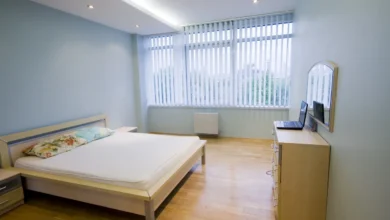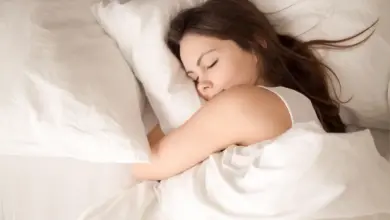How To Fall Asleep On a Plane?
These Are The 13 Tips For Better Sleep In Your Trip
No one likes to feel drowsy, especially after a long trip. A plan will help you avoid jet lag and start your trip in top condition. Here are some tips to help you get the most Zzz’s on your flight.
Travel Tips for Sleeping on a Plane
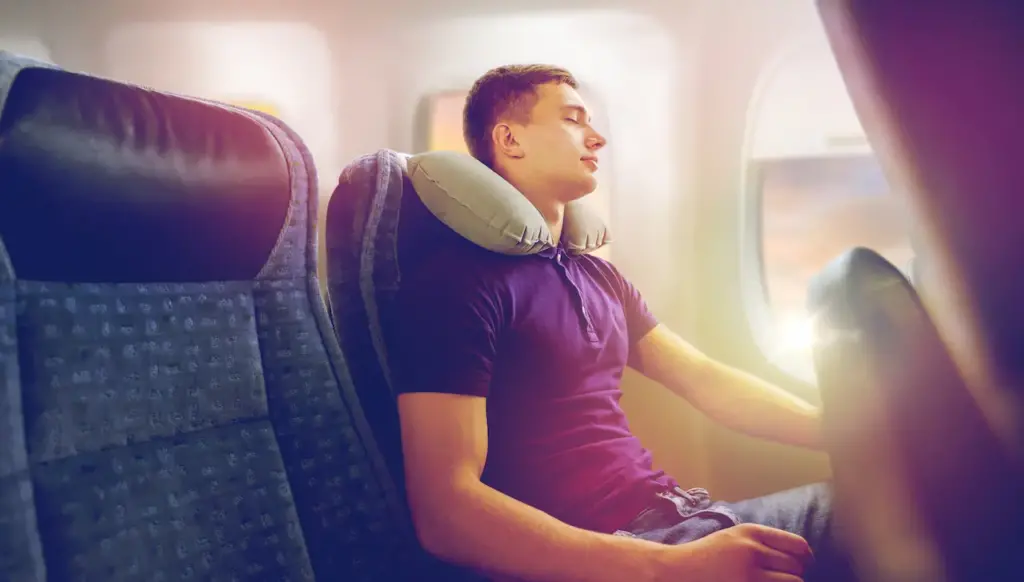
1) Select the best flight:
Flying red-eye will ensure you get a good night’s sleep because you are in the air at a time when you would normally be sleeping. Flying directly on red-eye will increase your chances of getting a good night’s sleep. Search for connecting flights with both a short and long leg if you cannot fly directly to your destination and need a connecting flight. This will allow you to sleep the most on the longer leg. Flying red-eye when flying eastward is ideal as you will be ready to begin your day at your destination.
You can still get a good night’s sleep in the air if you choose a flight early in the morning, even if there isn’t one available. You can adjust your sleep schedule a little bit the days before your flight so that you are already adjusted on your flight day.
2) Select the correct seat:
First class offers the best sleeping accommodations, but it’s not always an option. By booking early, economy passengers can improve their chances of getting a good seat. Selecting a window seat gives you more space to lean on as you drift off to sleep. It also prevents you from being disturbed by other passengers in the row when they go to the toilet. You’ll need more legroom if you are tall. Select a seat near the emergency exits.
3) Wear clothes and shoes that you feel comfortable in
While it’s important to dress comfortably, pyjamas are not recommended for adult travellers. To achieve the same level of comfort, opt for clothing that is loose-fitting and has plenty of elastic. The cabin pressure changes as the plane ascends, which could make it uncomfortable for people wearing form-fitting clothes.
While it is possible to travel barefoot, wearing thick socks and slip-on shoes can be more hygienic and prevent any unpleasant odours from spreading to other passengers and yourself. Most people agree that socks should be the bare minimum when footwear is not going to stay on your foot. Compression socks are also a great option to keep your feet toasty and prevent sleepy limbs.
4) Bring something to comfort yourself
Bring items that encourage sleep, or help you achieve it by getting in the right mindset. While the other hemisphere sleeps, the one hemisphere of the brain is awake and alert to keep an eye on the unfamiliar environment. Bring something familiar from home to help you fall asleep, like a blanket or pillow.
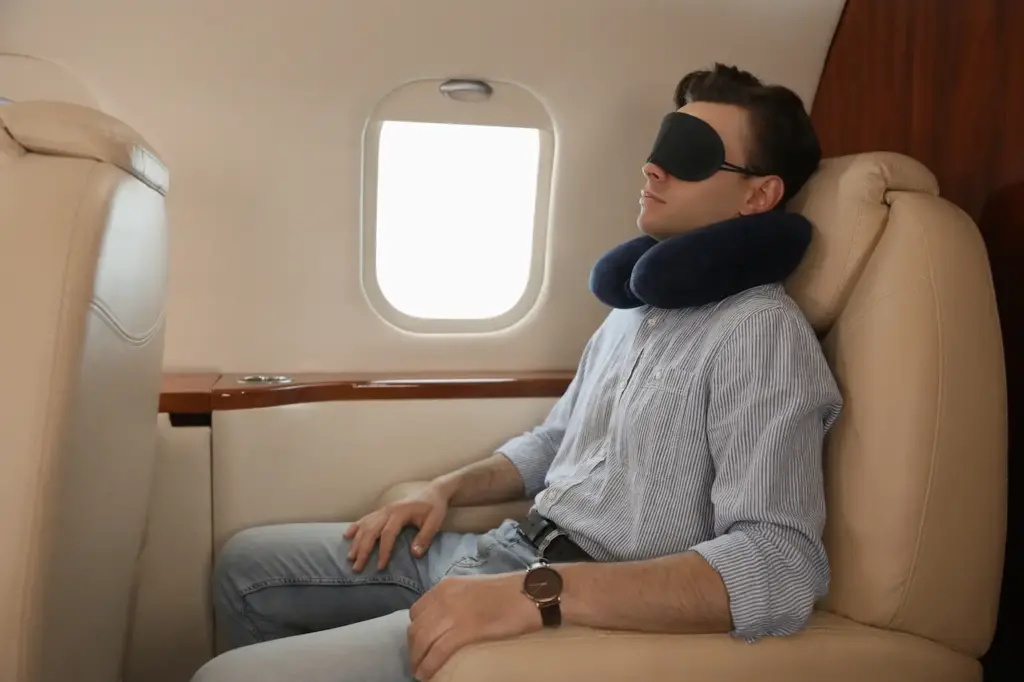
5) Use a neck pillow
Bring a neck cushion to help you get comfortable. It will also keep your head raised to prevent it from lurching. Position it on the front to prevent the forward-falling jerk you experience when sleeping upright. You can choose from a wide range of pillows to suit different sleeping positions. Here you can find different neck pillows. A travel pillow can be used to create a cushion that keeps your neck in a good position, preventing neck cricks.
6) Use an eye mask
An eye mask will help you to have a more relaxing flight. If you are travelling westward in the day, it will block out cabin light and daylight. The “do-not-disturb” message could help prevent unwanted interruptions by flight attendants.
7) Avoid alcohol
Avoiding alcohol at airport bars will ensure a good night’s sleep before takeoff. Alcohol can have a sedative effect, but it also disrupts the REM cycle. This is crucial for storing memories. Drinking water can keep you hydrated without disrupting your sleep patterns. Tea is a good alternative to water as a relaxing pre-siesta drink. Avoid caffeinated teas and avoid coffee.
8) Eat light
You can also sleep better on a flight if you make drastic dietary changes. Carb-rich and sugary food can also increase sleep onset but hurt quality. High-carbohydrate diets can increase tryptophan levels (an amino acids that promote sleep) while reducing the effectiveness of orexin. This reduces the time spent in deep sleep by your brain. Your brain will instead spend the majority of its time in the REM phase, leaving you feeling less refreshed.
9) Avoid screen time
You can get ready for sleep by taking a break. Blue light from electronic screens can suppress your body’s production of melatonin and trick your internal clock so that you stay awake for longer. You can block blue light emitted by video monitors, as well as any streaming content from other devices.
10) Wear noise-cancelling headphones
If you’re travelling by public transit, it isn’t known to be quiet. Using earplugs with noise-cancelling headsets will help keep out distracting sounds so that you can relax and enjoy your flight. Studies suggest that music with a BPM between 60 and 80 BPM can help you fall asleep. This is because the BPM matches your average heart rate at rest.
If you don’t like music, you may want to consider other options such as pink, white or brown noise. These noises have different frequencies that will help you fall asleep while blocking out the noises on the plane.
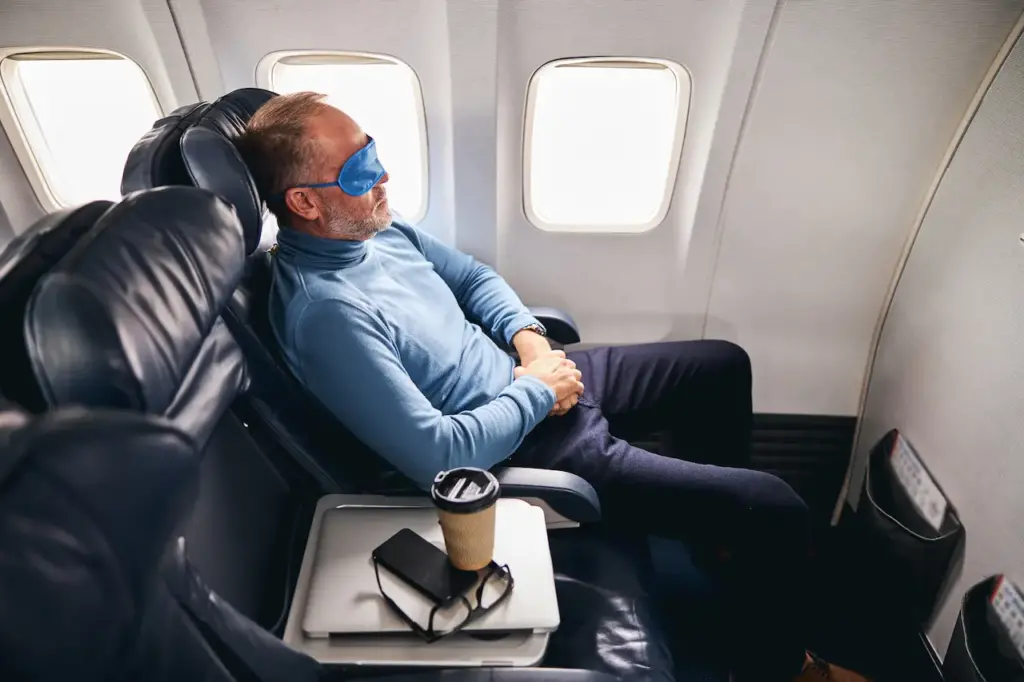
11) Buckle up
Seatbelts should be buckled over blankets for extra comfort. This will make them visible. In the event of turbulence, flight attendants will be watching to make sure that seat belts across the laps of passengers are secured. If this doesn’t work, they may shake you awake.
12) Exercise
While you wait for takeoff, do some light exercises at the airport to burn off some energy. As you walk around the terminal or do dips in your seat, your core temperature will rise. This can make you feel more awake. However, as your body cools, you may become groggy. You can still engage your muscles if you do not have the time to walk around at the gate. Flex for 30 seconds, then release for 10 seconds. Exercise releases endorphins in the bloodstream which can make you feel more alert and awake. It’s therefore important to exercise at a time when your body is most likely to fall asleep.
Natural sleep aids are a good option if all else fails. Melatonin, a hormone naturally produced by the pineal gill, regulates the circadian rhythm of the body. Melatonin levels usually increase in the body several hours before going to bed and reach their peak during the early morning hours. Melatonin supplements help regulate your circadian clock by keeping you in a relaxed state while sleeping. It is recommended that you take melatonin supplements 2 hours before bedtime to help with your sleep cycle.
13) Take sleep aids
Even if you’re not often anxious when flying, something is unsettling about taking off over the sky and then awakening in a different time zone. For the rest of the passengers, jet lag is a real dread, even though some fortunate people can acclimate to changing time zones rapidly. Using sleeping drugs during trips, such as melatonin, prescription sleeping pills, or supplements, is one technique to try to beat any possible jet lag.
Each sleep aid can have both benefits and drawbacks. So individuals must be informed about their options and speak with their doctor to determine the best treatment for their situation.



